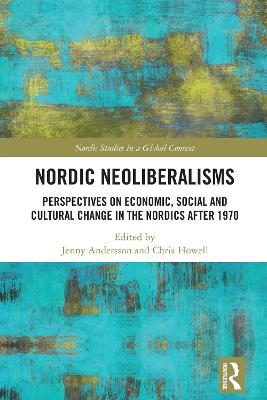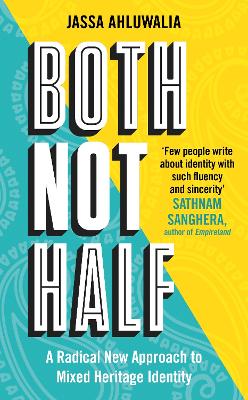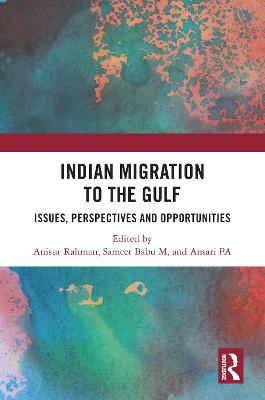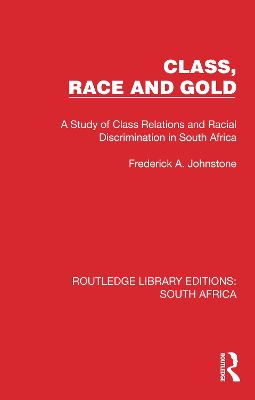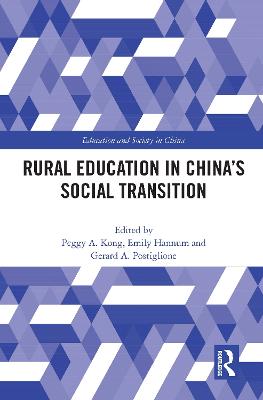Affirmative Action for Economically Weaker Sections and Upper-Castes in Indian Constitutional Law
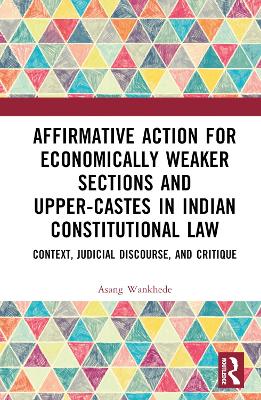 portes grátis
portes grátis
Affirmative Action for Economically Weaker Sections and Upper-Castes in Indian Constitutional Law
Context, Judicial Discourse, and Critique
Wankhede, Asang
Taylor & Francis Ltd
09/2022
222
Dura
Inglês
9781032291840
15 a 20 dias
570
Descrição não disponível.
List of Cases. List of Statutes. List of other primary legal sources. 1. Introduction PART I: The EWS and Upper-castes reservations in India and their judicial treatment 2. The Legal History of Reservation for SC/STs, OBCs, EWS and Upper-Castes in India 3. Reservation for EWS and Upper-Castes in India 4. The Political context and Creamy Layer 5. Judicial treatment of Reservation for Economically Weaker Sections (EWS) and Upper-Castes in India Part II: The Post-2019 Regime, State Interventions, and Discrimination Law Theory 6. Aims, role and characteristics of substantive equality and affirmative action 7. Protected grounds, protected groups, demarcation of beneficiary classes and the extent of quota limit 8. Treatment of socio-economic/pure-economic disadvantages in discrimination law and Sociological meaning of class 9. Conclusion. Bibliography
Este título pertence ao(s) assunto(s) indicados(s). Para ver outros títulos clique no assunto desejado.
EWS;EWS in India;OBCs;Backward Classes;Indra Sawhney;Creamy Layer;Affirmative Action Measures;Reservation Quotas;Discrimination Law;Communal Quotas;Substantive Equality;Affirmative Action Policies;OBCs List;Tamil Nadu;SCs;Socio-economic Disadvantage;Reservation Benefits;Educationally Backward;Economic Disadvantage;103rd Constitutional Amendment;EBCs;ST Group;OBC Category;Class III;Reasonable Classification Test;Mandal Commission Report;103rd Amendment
List of Cases. List of Statutes. List of other primary legal sources. 1. Introduction PART I: The EWS and Upper-castes reservations in India and their judicial treatment 2. The Legal History of Reservation for SC/STs, OBCs, EWS and Upper-Castes in India 3. Reservation for EWS and Upper-Castes in India 4. The Political context and Creamy Layer 5. Judicial treatment of Reservation for Economically Weaker Sections (EWS) and Upper-Castes in India Part II: The Post-2019 Regime, State Interventions, and Discrimination Law Theory 6. Aims, role and characteristics of substantive equality and affirmative action 7. Protected grounds, protected groups, demarcation of beneficiary classes and the extent of quota limit 8. Treatment of socio-economic/pure-economic disadvantages in discrimination law and Sociological meaning of class 9. Conclusion. Bibliography
Este título pertence ao(s) assunto(s) indicados(s). Para ver outros títulos clique no assunto desejado.
EWS;EWS in India;OBCs;Backward Classes;Indra Sawhney;Creamy Layer;Affirmative Action Measures;Reservation Quotas;Discrimination Law;Communal Quotas;Substantive Equality;Affirmative Action Policies;OBCs List;Tamil Nadu;SCs;Socio-economic Disadvantage;Reservation Benefits;Educationally Backward;Economic Disadvantage;103rd Constitutional Amendment;EBCs;ST Group;OBC Category;Class III;Reasonable Classification Test;Mandal Commission Report;103rd Amendment

